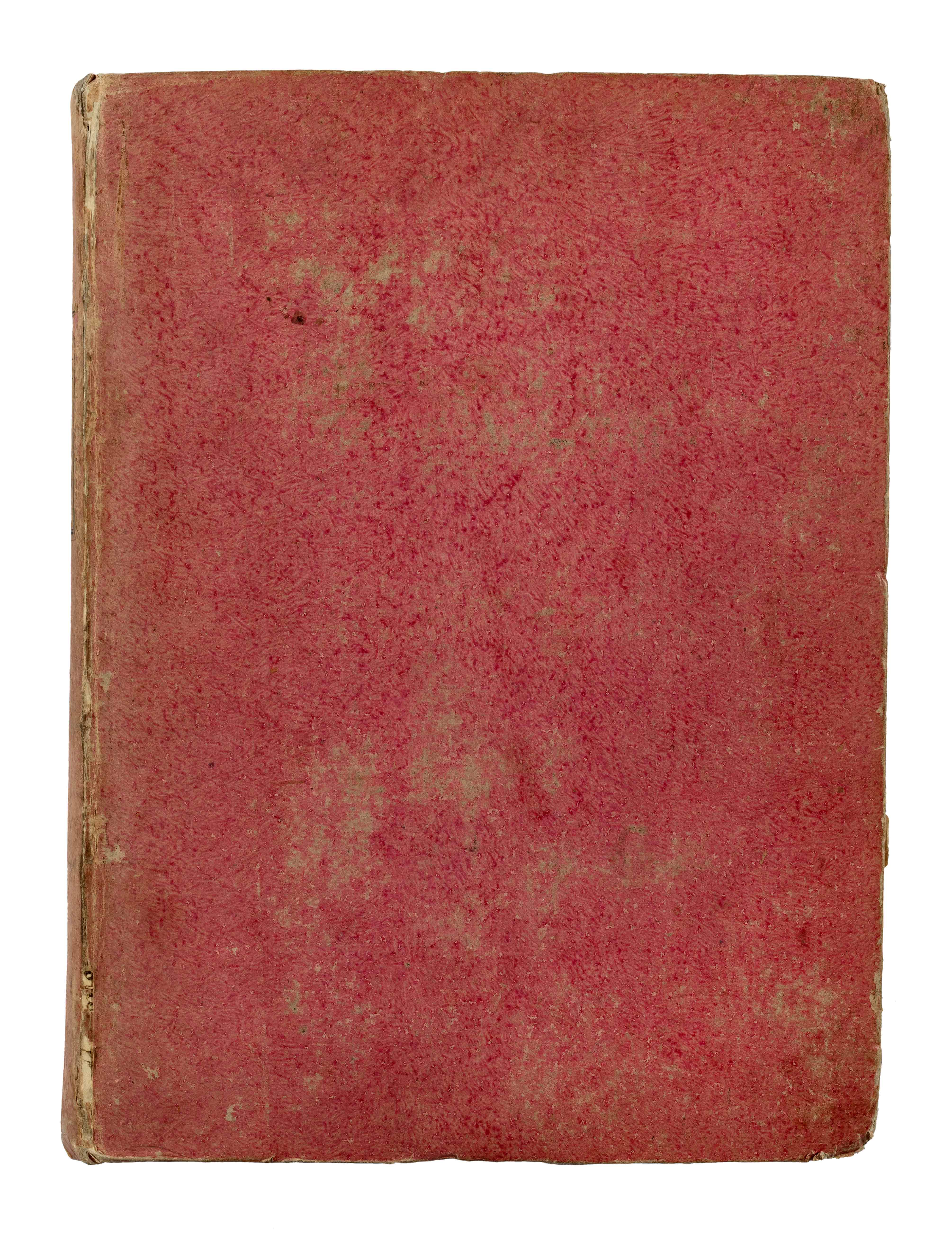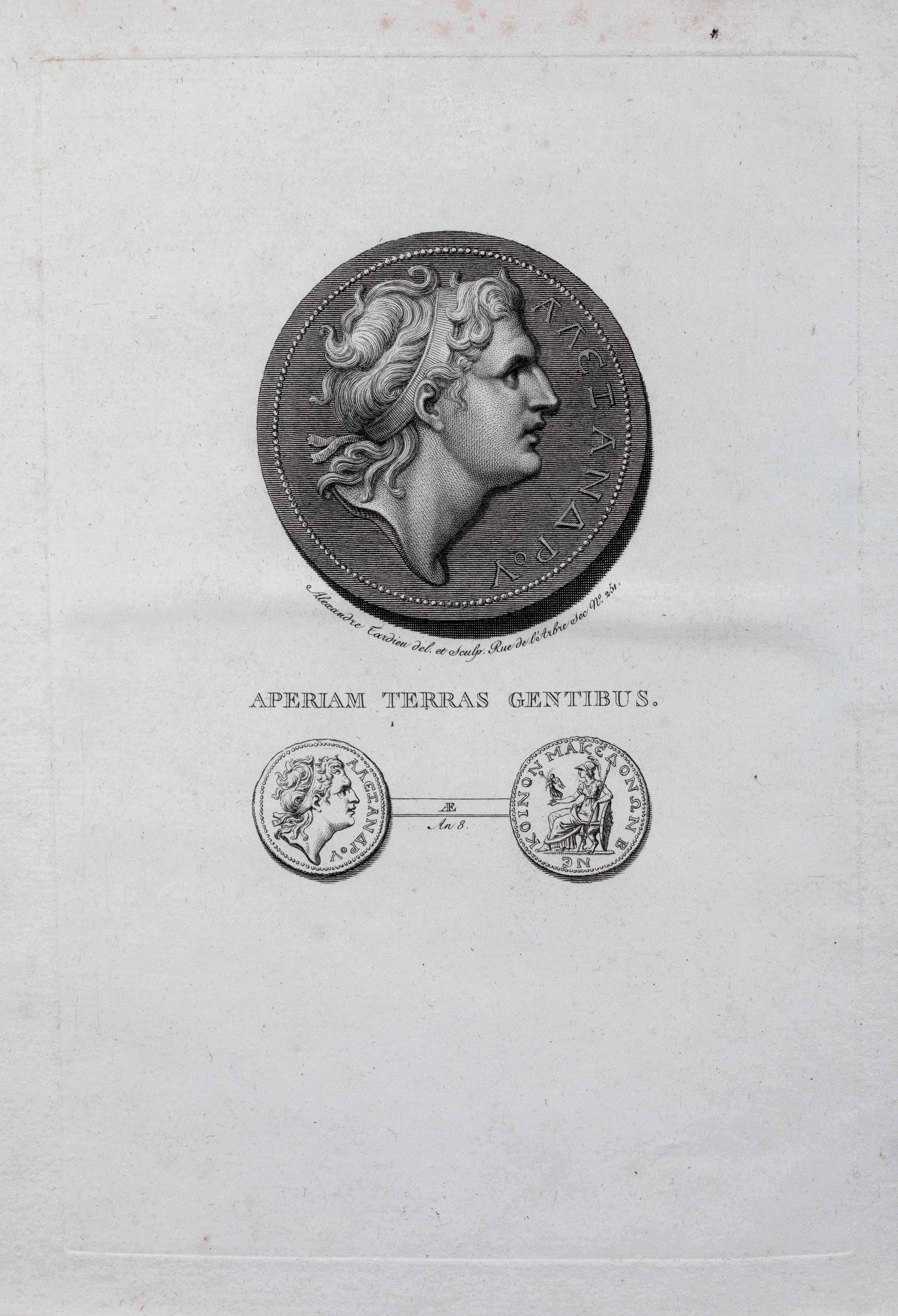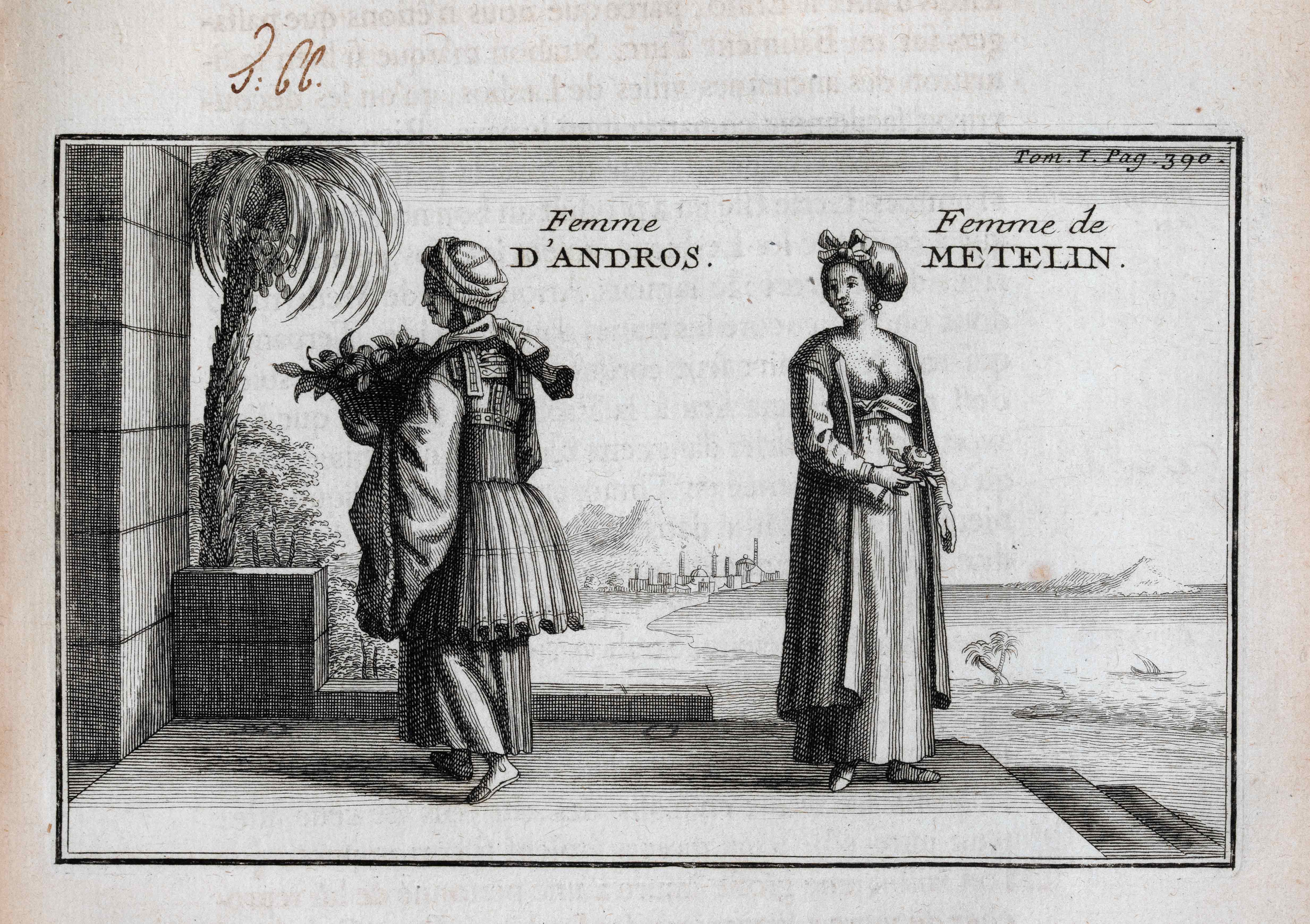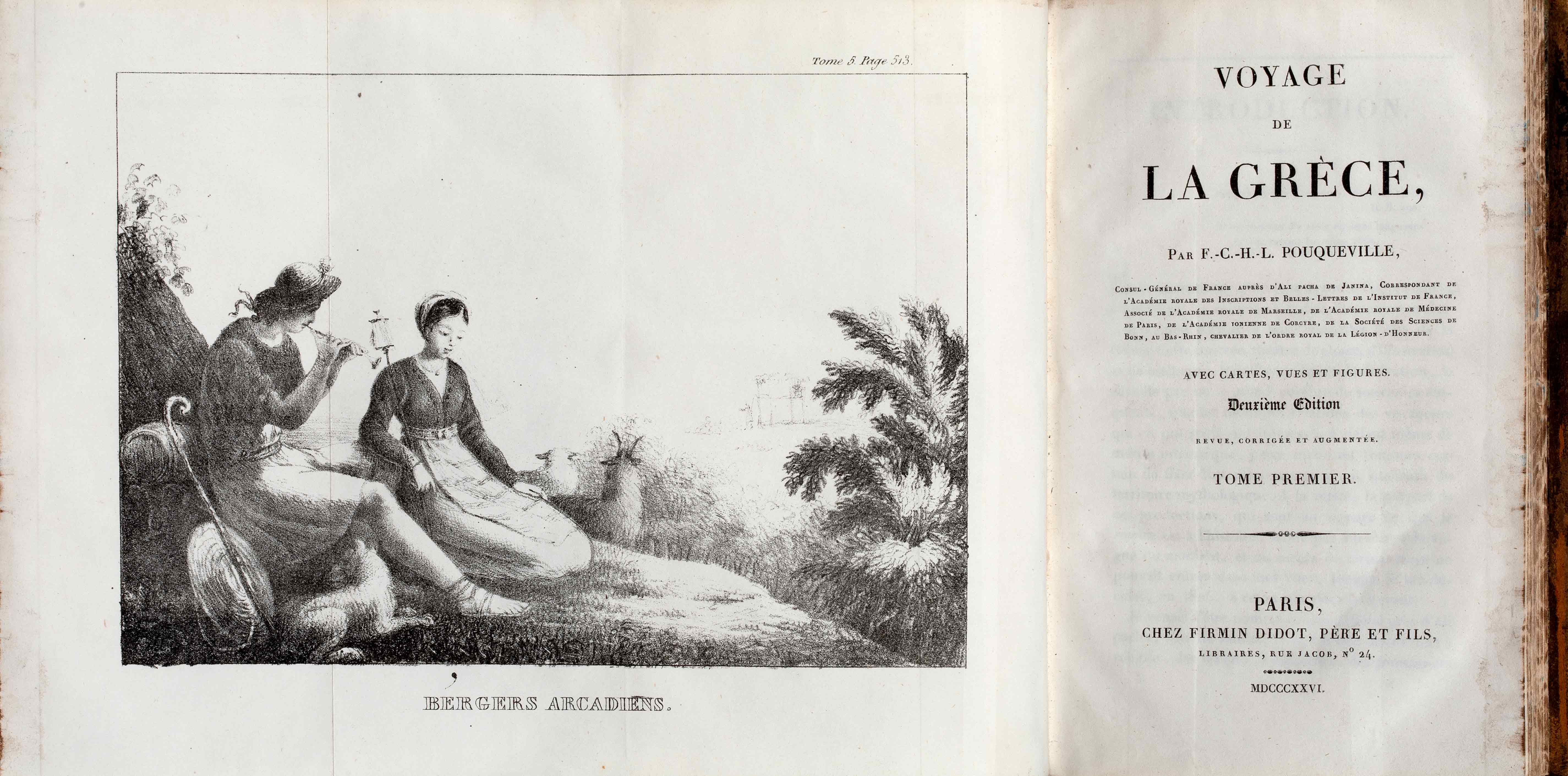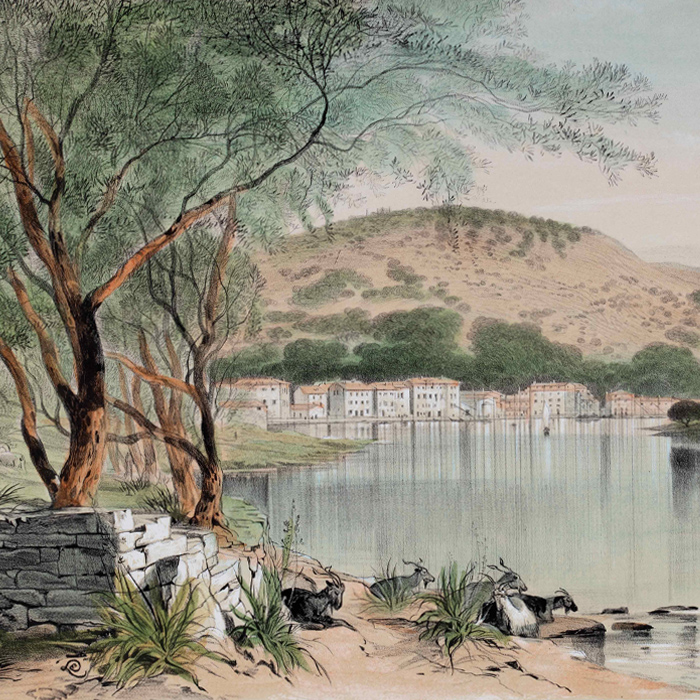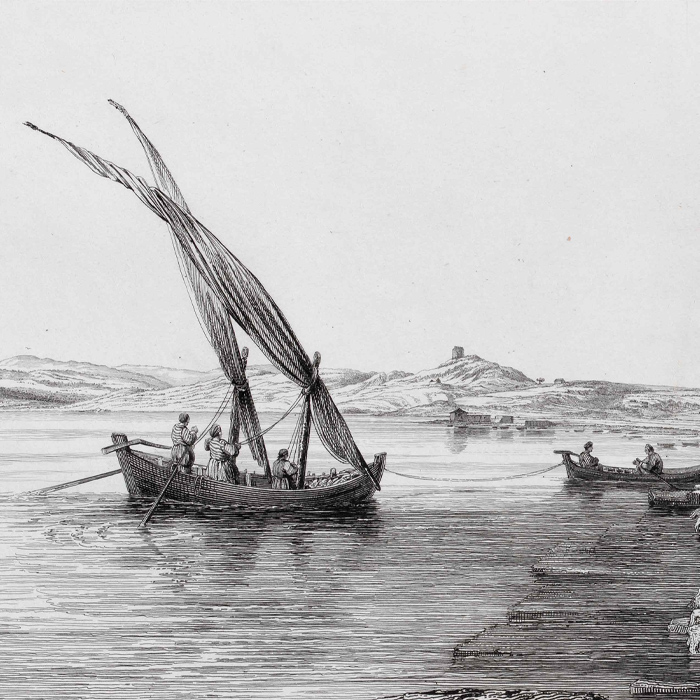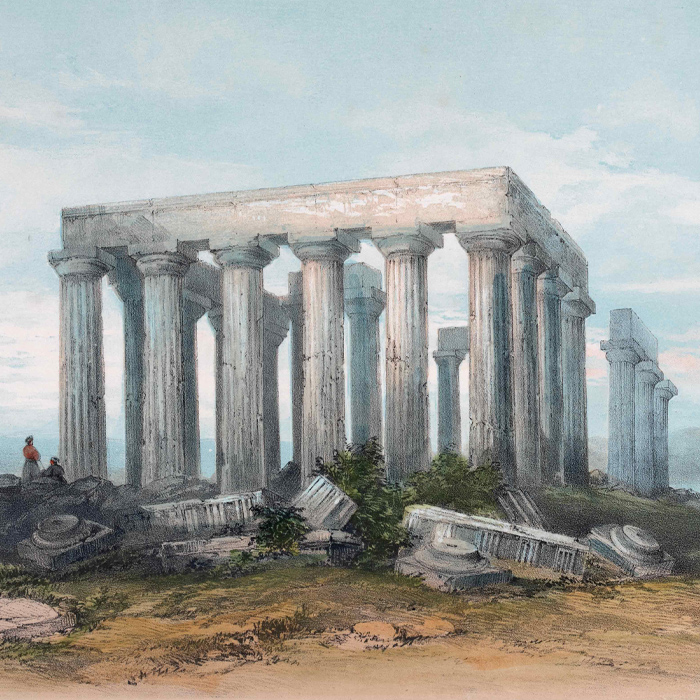Voyage de Néarque
Voyage de Néarque is an account of the voyage of Nearchus from the mouth of the Indus River to the Euphrates. In essence, this was the 1st organised sea expedition led by Europeans in the North Indian Ocean. The expedition established a new channel of communication between India and Persia.
External appearance and condition
Voyage de Néarque, des bouches de l'Indus jusqu'à l'Euphrate, ou, Journal de l'expédition de la flotte d'Alexandre (The Voyage of Nearchus from the Mouth of the Indus River to the Euphrates or the Expedition Journal of the Fleet of Alexander) is 23 cm (width) x 30 cm (height). It has been affected by humidity, but is still legible.
It is a rare French publication, recounting the voyage of Nearchus. It is based on a book by Arrian, which has not been preserved.
The historian of Alexander the Great
Arrian of Nicomedia (Flavius Arrianus, c. 95 – c. 175 CE) was Greek, and also a Roman citizen, writer, historian, philosopher, geographer, politician and military man, the prefect of Cappadocia (130-137 CE), a citizen of Athens and an Archon of Athens. He is known for this opuses Anabasis of Alexander and Indica.
His most important work, the Anabasis of Alexander, consists of 7 books, in emulation of Xenophon’s Anabasis. It is written in the Attic dialect. As it happened, Arrian was a known supporter of the Attic dialect. The opus is an account of Alexander the Great’s campaign to Persia, but also includes the life story of the Macedonian king.
Indica
Indica is a supplement to the opus Anabasis of Alexander. It is an account of the voyage of Nearchus from the mouth of the Indus River to the Euphrates. This important opus includes the history, geography and customs of the Indian people. It was written in the Ionian dialect, as Arrian wanted to demonstrate his command of Herodotus’ language.
The most important source of information for this work were the observations of Alexander’s admiral, Nearchus, taken specifically from his book Paraplus.
An admiral of the Macedonian fleet
Nearchus was born in Crete but was raised in Amphipolis, together with Alexander the Great. The two men studied under Aristotle. Nearchus fought at Alexander’s side in all the wars against the Persians. He accompanied him all the way to the Indus River.
There, Alexander commanded the creation of a large fleet and appointed Nearchus as his admiral. In 326 BCE the Macedonian army was divided into 3 phalanges: 1 boarded the ships together with Alexander and the other 2 accompanied the fleet along the 2 sides of the Indus River. When they reached the mouth of the Indus, they set sail into the Indian Ocean, to find out whether they were sailing in a lake or the open sea.
The voyage of Nearchus
This was the start of the epic voyage of Nearchus, which lasted 5 months, and was riddled with troubles, privations, insomnia and insufferable heat. It was the 1st organised sea expedition led by Europeans in the North Indian Ocean. The fleet, which comprised 280 ships and 12,000 sailors, established a new channel of communication and trade between India and Persia.
Nearchus, in his book Paraplus, gathered valuable information on the:
- Coastline.
- Existence of harbours.
- Flora and fauna.
- Inhabitants of the area, and their manners and customs.
The Alpha Bank Rare Book Collection is not open to the public.
However, you may visit the other collections of the Alpha Bank Library.
